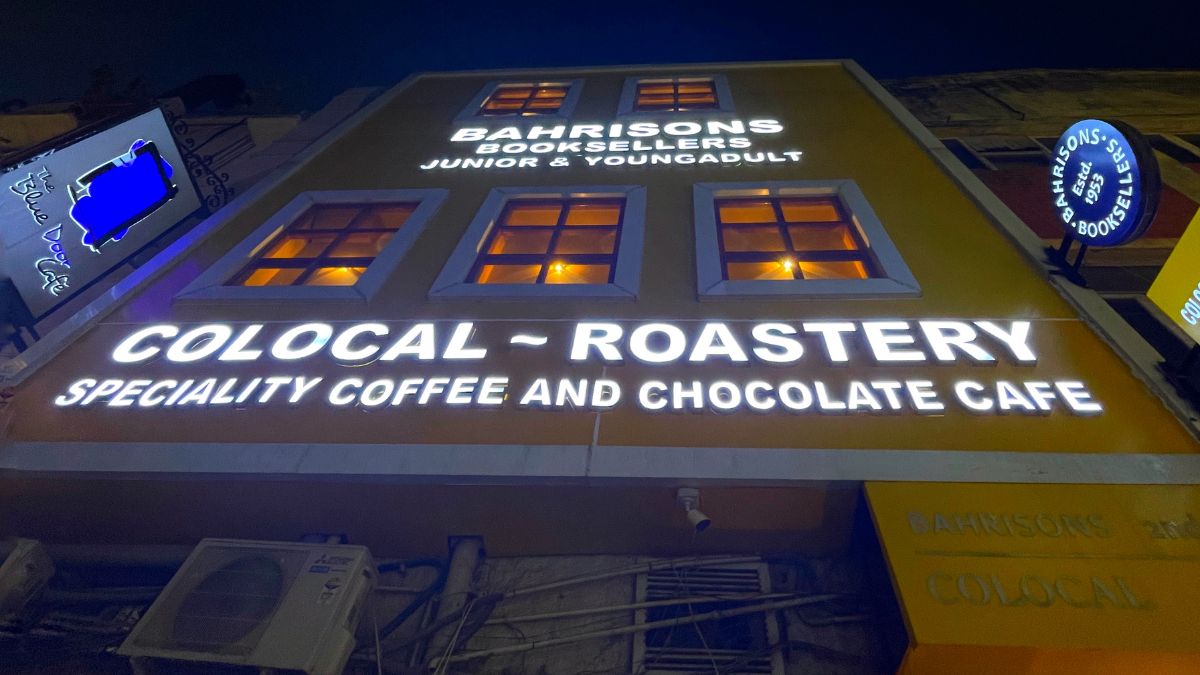In India’s diverse retail landscape, high streets and shopping centres play critical roles in shaping the shopping experience for consumers. Although they represent distinct retail formats, they significantly complement each other.
While high streets are characterized by unique, regional, and traditional brands, which can be found only in the high streets, shopping centres are built to encompass and conveniently provide a diverse, globalised, and large assortment of brands across retailer categories.
From a real estate perspective, high streets are typically decentralized, with fragmented ownership and smaller retail footprints. This setup leads to a higher concentration of smaller-format stores, limiting the presence of large brands that require expansive spaces. However, high streets attract significant foot traffic due to their accessibility and cultural appeal, drawing consumers looking for a more personal shopping experience.
Shopping centres, on the other hand, offer large, structured retail spaces that can accommodate large anchor tenants like department stores and entertainment venues. Their centralized management and planned infrastructure make them more attractive to international-origin brands, which require standardised store formats and consistent brand representation. As a result, shopping centres tend to house more international-origin brands compared to high streets.
One of the distinguishing characteristics of high streets is the dominance of Indian-origin brands. About 87 per cent of stores on high streets are Indian-origin brands, reflecting their connection to local consumer preferences and traditions. High streets offer these brands an affordable, flexible space to operate, with smaller shops that allow them to thrive in regional markets.
On the contrary, shopping centres have a greater command of international-origin brands catering to retail consumers, comprising 35 per cent of their stores. The structured environment of malls, with their larger, well-managed spaces, attracts international-origin brands that need to maintain specific store layouts and brand guidelines. This trend is especially evident in categories like apparel, where international brands have a more notable presence in shopping centres, with a 36 per cent share of stores with International-origin brands compared to 22 per cent on high streets.
The types of stores with retailer categories found in high streets and shopping centres differ significantly. According to recent data from India’s top eight cities, apparel remains the leading category in both formats, as the universal appeal of fashion drives this dominance across both retail environments, followed by food and beverages, and accessories being in the top 3 retailer categories.
The assortments of brands have been vibrant regarding the retailer categories across both formats. With a slight inclination towards shopping centres, retailer categories like apparel, beauty, footwear, department stores, and entertainment dominate the market, where apparel accounts for 30 per cent of all the stores in shopping centres and 28 per cent on high streets. Retailer categories like entertainment and department stores are less prevalent on high streets due to space constraints.
On the other hand, if we look at other retailer categories like food and beverage, accessories, and home and lifestyle, high streets carry a slighter upper edge regarding dominance. Food and beverages follow closely, making up 19 per cent of stores on high streets compared to 17 per cent in shopping centres.
High streets often offer more regional, diverse food options, whereas shopping centres focus on global chains and renowned restaurant brands. Similarly, high streets hold a slight edge in the accessories category, with 16 per cent of stores compared to 13 per cent in shopping centres. Accessories, such as jewellery and bags, tend to attract impulse buyers, making high streets ideal for this type of shopping.
Despite their differences, high streets and shopping centres complement each other in meeting the needs of different consumer types. High streets cater to consumers seeking unique, regional products and a more intimate shopping experience, while shopping centres attract those looking for variety, convenience, and an organised retail setting.
Both formats thrive in India’s top cities, such as Delhi, Mumbai, Bengaluru, Hyderabad, Pune, Chennai, Kolkata, and Ahmedabad, catering to a diverse urban population. The presence of both formats ensures that the retail landscape remains dynamic and adaptive to changing consumer preferences. As India’s retail market continues to grow, both high streets and shopping centres will remain integral to the consumer experience, each serving a unique role in the broader retail ecosystem.
The authors are Senior Director - Retail Agency and Lead Consultant - Research at Knight Frank India.
The opinions expressed in this article are those of the authors and do not purport to reflect the opinions or views of THE WEEK.



